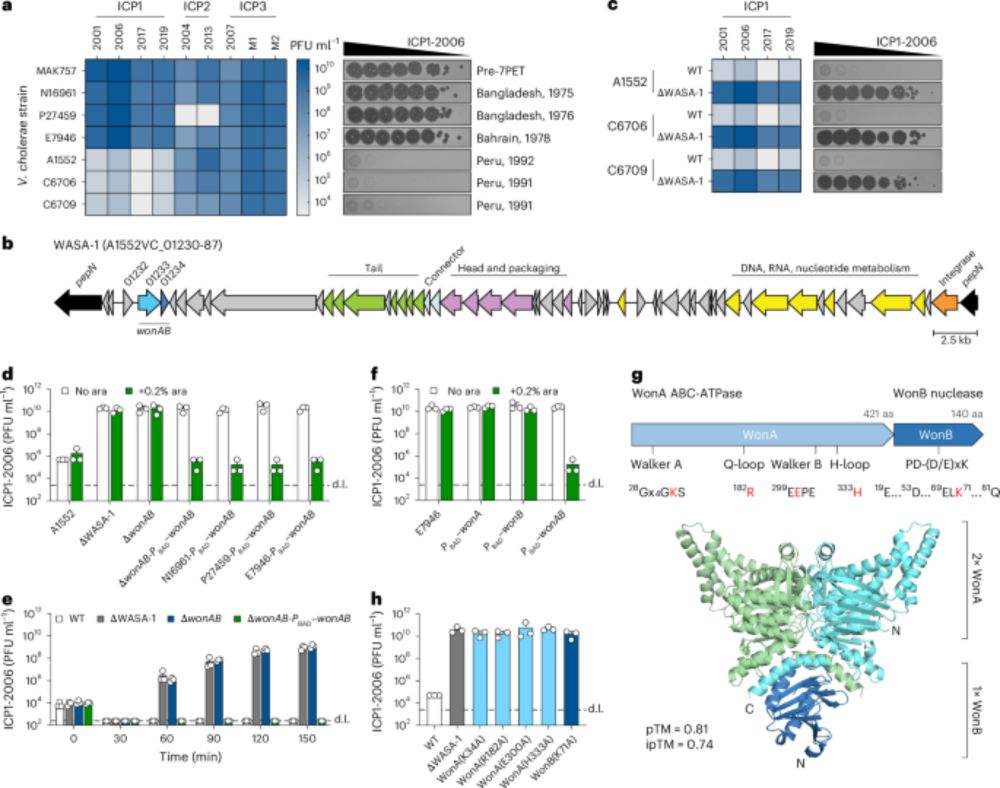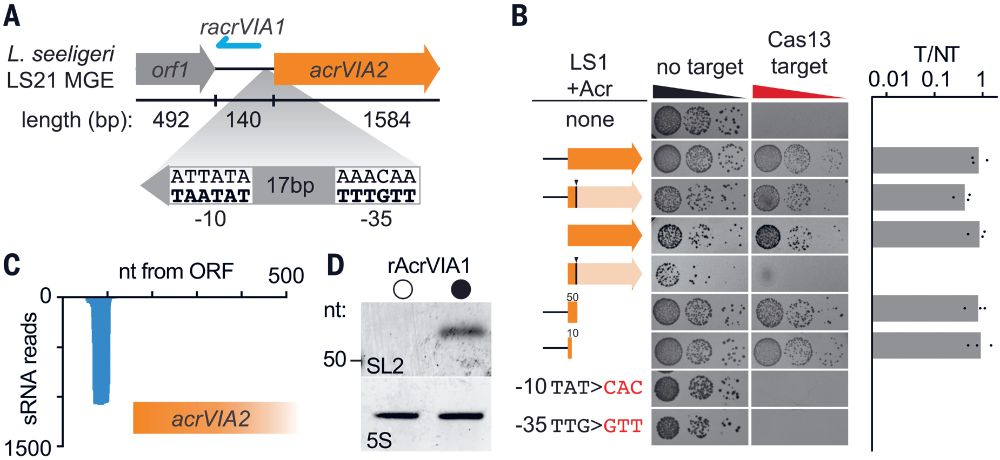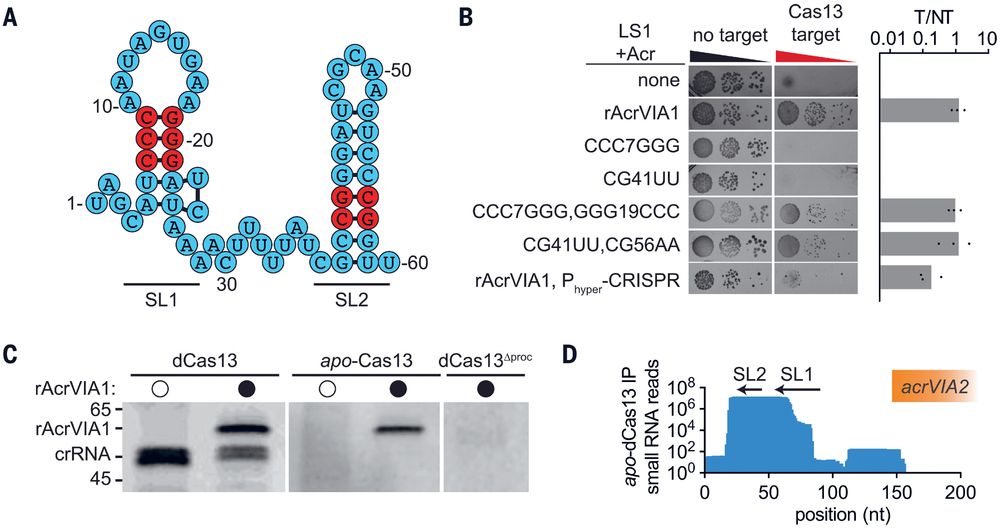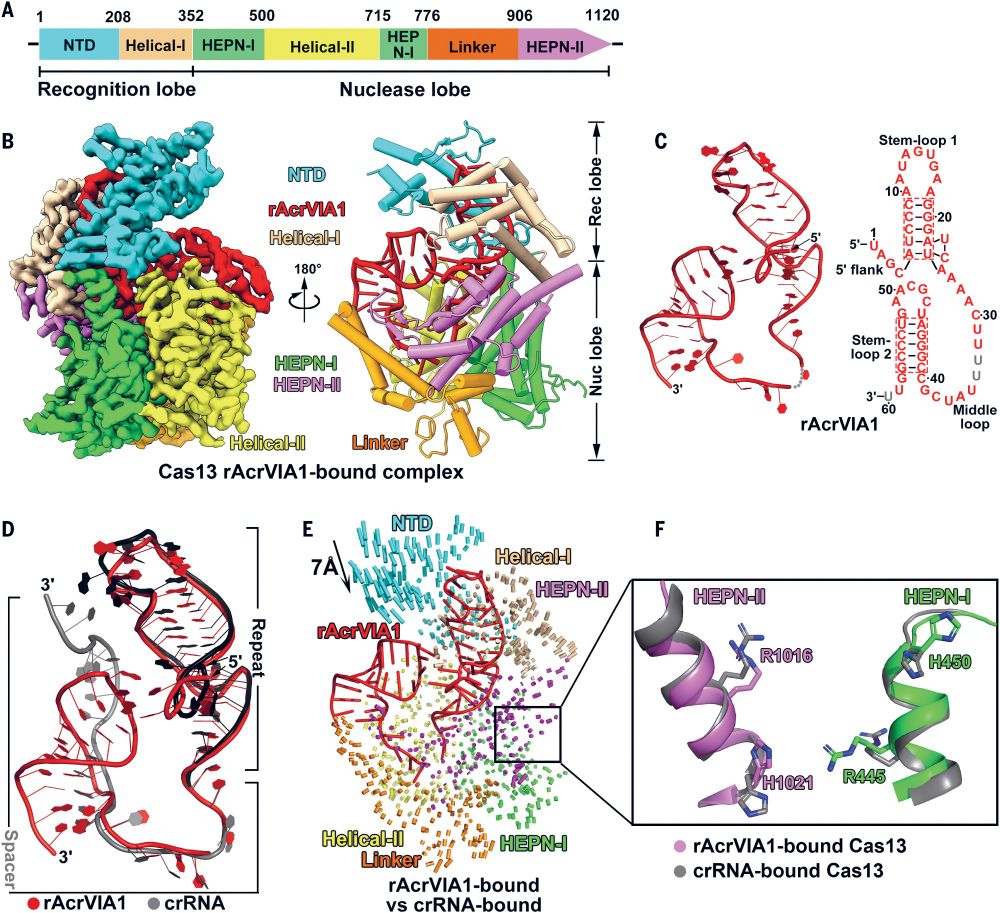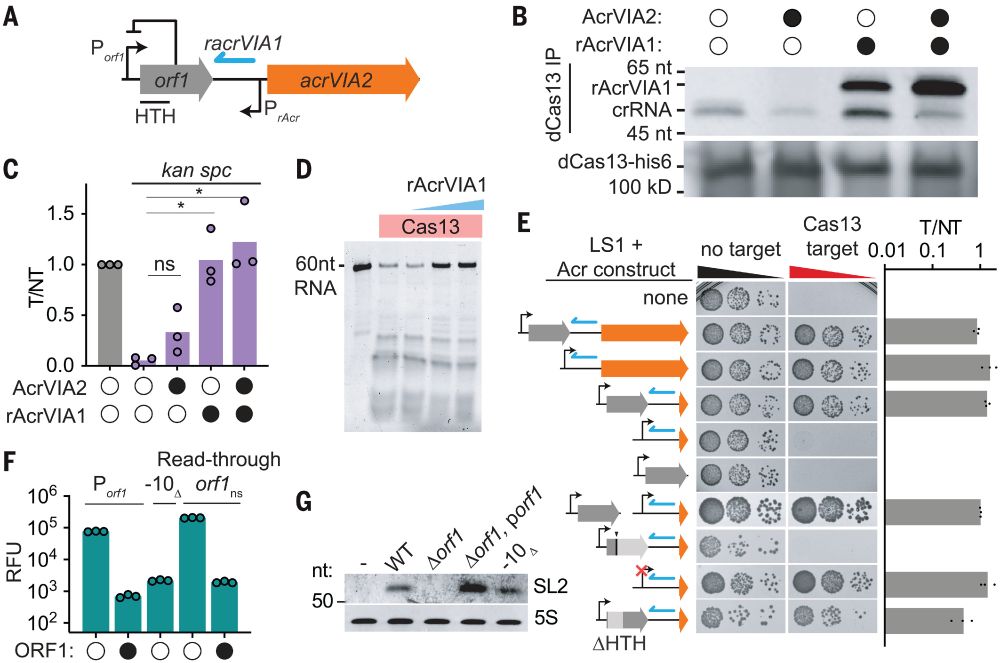
Phages with a broad host range are common across ecosystems - Nature Microbiology
Proximity-ligation-based sequencing from 111 samples and 5 environments reveals that a substantial proportion of phages infect multiple species.
A fresh view on phage specificity, which challenges the traditional view of a narrow host spectrum of phages by unveiling that multihost associations are common across ecosystems kudos at @mmarbout.bsky.social &
@rkoszul.bsky.social www.nature.com/articles/s41...
02.10.2025 16:05 — 👍 22 🔁 9 💬 0 📌 0
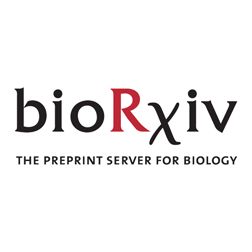
Megaplasmids associate with Escherichia coli and other Enterobacteriaceae
Humans and animals are ubiquitously colonized by Enterobacteriaceae , a bacterial family that contains both commensals and clinically significant pathogens. Here, we report Enterobacteriaceae megaplasmids of up to 1.58 Mbp in length in infant and adult guts, and other microbiomes. Of the 19 complete plasmid genomes, one was reconstructed from an Escherichia coli isolate; others were linked to species of Citrobacter and Enterobacter via analysis of genome modification patterns. The detection of related plasmids in different Enterobacteriaceae , conjugation machinery, and more diverse modified motifs in certain plasmids compared to hosts suggests that these elements are self-transmissible, with a broad host range. The plasmids encode multi-drug efflux systems and potential secreted effectors. Up to 208 tRNAs are encoded, and include sequence variants that may counter tRNA-centric defense mechanisms. Overall, the vast megaplasmid coding capacity may broaden host range, increase competitiveness, control invasion by other elements, and counter programmed cell death. ### Competing Interest Statement The authors have declared no competing interest. National Institutes of Health, https://ror.org/01cwqze88, 5R01AI092531 Swiss National Science Foundation, IZJFZ3-177614 Biotechnology and Biological Sciences Research Council, https://ror.org/00cwqg982, BB/X011011/1, BBS/E/QU/230002A, BB/T008717/1 Chan Zuckerberg Initiative (United States), https://ror.org/02qenvm24 Finnish Multidisciplinary Centre of Excellence in Antimicrobial Resistance Research, 346127
Megaplasmids associate with Escherichia coli and other Enterobacteriaceae | bioRxiv https://www.biorxiv.org/content/10.1101/2025.09.30.679422v1?rss=1
01.10.2025 05:07 — 👍 3 🔁 2 💬 0 📌 0
https://www.biorxiv.org/content/10.1101/2025.09.16.676506v1
How the twin-arginine translocase (Tat) system manages to transport folded proteins across membranes without any leaks? To answer this fundamental question we solved the first structure of TatB3C3 complex with bound cargo. Please check out new preprint!
t.co/962Kj9pt6F
18.09.2025 17:35 — 👍 55 🔁 18 💬 2 📌 1
Heading to the Austrian Cryo-EM Symposium in November? Let's catch up! We'll be on hand to share how freely diffusing smFRET can complement this already exquisitely detailed technique #cryoEM #smfret #singlemolecule
15.09.2025 12:44 — 👍 0 🔁 1 💬 0 📌 0

Join us for the Austrian Cryo-EM Symposium Nov 11–12 at @istaresearch.bsky.social!
Top speakers, cutting-edge cryo-EM, and a chance to explore Vienna & the ISTA campus.
Register now 👉 cryoem-symposium.pages.ist.ac.at #cryoEM #teamtomo
15.09.2025 09:37 — 👍 41 🔁 17 💬 0 📌 2

Looking for a new approach to studying or eliminating phages? Check out our study introducing anti-phage ASOs (antisense oligos) out in @Nature today. nature.com/articles/s4158…
10.09.2025 15:40 — 👍 129 🔁 63 💬 4 📌 2
A conserved PIWI silencing complex detects piRNA-target engagement pubmed.ncbi.nlm.nih.gov/40912244/ #cryoEM
06.09.2025 12:17 — 👍 0 🔁 1 💬 0 📌 0
They are inaccurate/disagree with those in the pdb report. Might have used a different model iteration for the stats vs the deposited one. There are also a couple of massive typos (0.143 FSC used for map-to-model instead of 0.5, favoured and disallowed both 89.67%)
07.08.2025 18:09 — 👍 1 🔁 0 💬 1 📌 0
The stats in the SI are much better than those on the PDB (<1% disallowed rotamers, clashscore ~20 etc) i.e. false. The map also has awful anisotropy, but there is sadly a precedent for this particular complex dating back to a 2018 ms from others. Total failures of peer review and a sad day for EM
07.08.2025 17:32 — 👍 5 🔁 0 💬 1 📌 0
Registration is now open! Please share & repost!
25.07.2025 15:48 — 👍 0 🔁 0 💬 0 📌 0
...Beata Turonova, Maya Topf, Florian Wilfling, & Manuela Hospenthal, organized by myself, @aliciakmichael.bsky.social @haselbachlab.bsky.social @schurlab.bsky.social Clemens Plaschka & Thomas Heuser, between @impvienna.bsky.social @istaresearch.bsky.social and @vbcscitraining.bsky.social
25.07.2025 15:48 — 👍 0 🔁 0 💬 1 📌 0
Austrian Cryo-EM Symposium
Thrilled to announce the nexy Austrian Cryo-EM Symposium, taking place 11th-12th November at @istaresearch.bsky.social, with speakers inc. @grigoriefflab.bsky.social, @oliveiramann.bsky.social, @bjgreber.bsky.social @svenklumpe.bsky.social @sebastianglatt.bsky.social https://tinyurl.com/cryo2025
25.07.2025 15:45 — 👍 22 🔁 9 💬 1 📌 2
🦠🧍♀️From bacterial to human immunity.
We report in @science.org the discovery of a human homolog of SIR2 antiphage proteins that participates in the TLR pathway of animal innate immunity.
Co-led wt @enzopoirier.bsky.social by D. Bonhomme and @hugovaysset.bsky.social
www.science.org/doi/10.1126/...
24.07.2025 18:22 — 👍 262 🔁 122 💬 9 📌 11

Temperate phages enhance host fitness via RNA-guided flagellar remodeling
Bacterial flagella drive motility and chemotaxis while also playing critical roles in host-pathogen interactions, as their oligomeric subunit, flagellin, is specifically recognized by the mammalian immune system and flagellotropic bacteriophages. We recently discovered a family of phage-encoded, RNA-guided transcription factors known as TldR that regulate flagellin expression. However, the biological significance for this regulation, particularly in the context of host fitness, remained unknown. By focusing on a human clinical Enterobacter isolate that encodes a Flagellin Remodeling prophage (FRφ), here we show that FRφ exploits the combined action of TldR and its flagellin isoform to dramatically alter the flagellar composition and phenotypic properties of its host. This transformation has striking biological consequences, enhancing bacterial motility and mammalian immune evasion, and structural studies by cryo-EM of host- and prophage-encoded filaments reveal distinct architectures underlying these physiological changes. Moreover, we find that FRφ improves colonization in the murine gut, illustrating the beneficial effect of prophage-mediated flagellar remodeling in a host-associated environment. Remarkably, flagellin-regulating TldR homologs emerged multiple times independently, further highlighting the strong selective pressures that drove evolution of RNA-guided flagellin control. Collectively, our results reveal how RNA-guided transcription factors emerged in a parallel evolutionary path to CRISPR-Cas and were co-opted by phages to remodel the flagellar apparatus and enhance host fitness. ### Competing Interest Statement M.W.G.W. is a co-founder of Can9 Bioengineering. S.H.S. is a co-founder and scientific advisor to Dahlia Biosciences, a scientific advisor to CrisprBits and Prime Medicine, and an equity holder in Dahlia Biosciences and CrisprBits. A patent application has been filed related to this work (PCT Patent Application No. PCT/US24/40027). The remaining authors declare no competing interests. National Science Foundation, https://ror.org/021nxhr62, DGE-2036197, CAREER 2239685 National Institutes of Health, NIH DP2AI177904, R01CA259634, U24GM129539 Spain Ministry of Science Innovation and Universities Grant, PID2023-147463NB-I00 Simons Foundation, SF349247 Kinship Foundation Pew Biomedical Scholarship Irma T. Hirschl Career Scientist Award Howard Hughes Medical Institute Columbia University Irving Medical Center Deans Office Vagelos Precision Medicine Fund
Temperate phages enhance host fitness via RNA-guided flagellar remodeling | bioRxiv https://www.biorxiv.org/content/10.1101/2025.07.22.666180v1
23.07.2025 05:18 — 👍 16 🔁 8 💬 1 📌 0
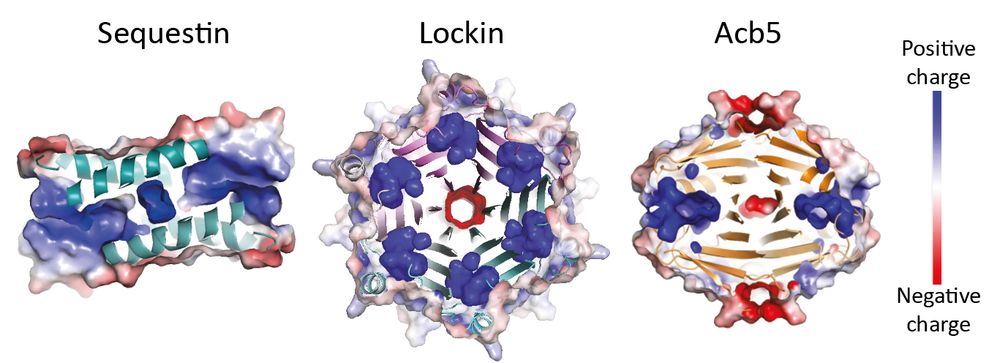
📢Preprint out!
Excited to share my final work from the @soreklab.bsky.social!
We mined phage dark matter using structural features shared by anti-defense proteins (viral tools that help phages bypass bacterial immunity) to guide discovery.
Found 3 new families targeting immune signaling!
13.07.2025 07:48 — 👍 86 🔁 45 💬 3 📌 8
Structural motif search across the protein-universe with Folddisco https://www.biorxiv.org/content/10.1101/2025.07.06.663357v1
07.07.2025 03:48 — 👍 25 🔁 13 💬 0 📌 0

Origin and Evolution of Bacterial Periplasmic Force Transducers
Abstract. In double-membraned bacteria, non-equilibrium processes that occur at the outer membrane are typically coupled to the chemiosmotically energized
Origin and Evolution of Bacterial Periplasmic Force Transducers | Molecular Biology and Evolution | Oxford Academic https://academic.oup.com/mbe/article/42/6/msaf138/8156694?login=false
22.06.2025 05:03 — 👍 4 🔁 1 💬 0 📌 0
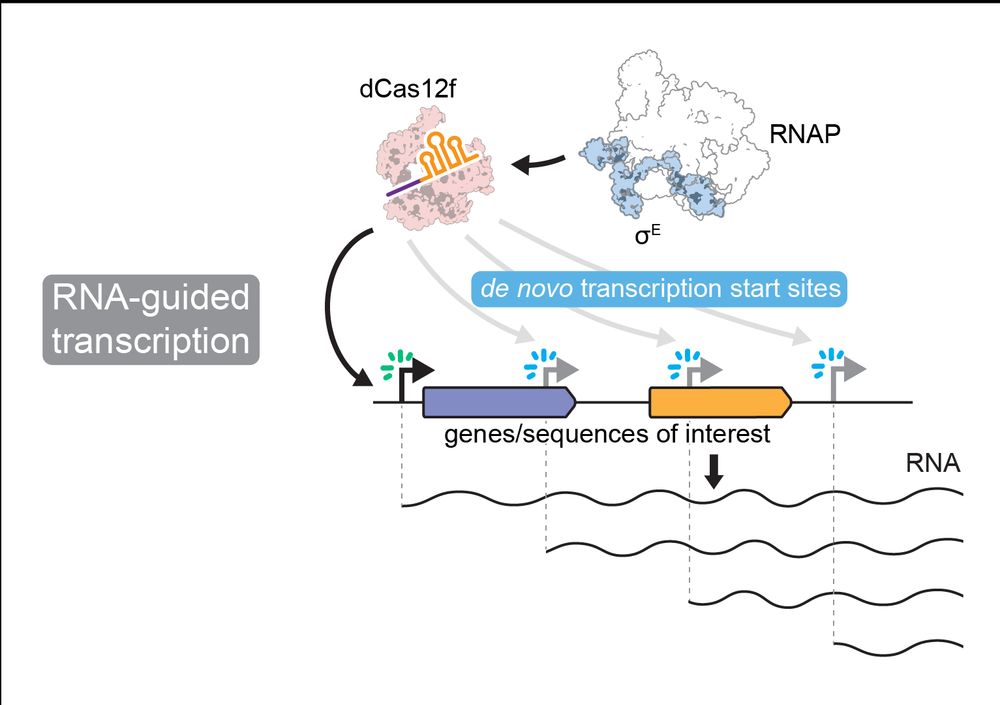
1/10 New pre-print(s) from the Sternberg Lab in collaboration with Leifu Chang's Lab! We uncover the unprecedented molecular mechanism of CRISPR-Cas12f-like proteins, which drive RNA-guided transcription independently of canonical promoter motifs.
Full story here:
www.biorxiv.org/content/10.1...
11.06.2025 16:03 — 👍 86 🔁 39 💬 3 📌 3

Job details
Job details
🚨 We're hiring! Join our excellent Electron Microscopy Facility at @istaresearch.bsky.social as an a Cryo-EM Specialist, providing support for groundbreaking research in a fantastic environment: ist.ac.at/en/job/?titl... #CryoEM #MicroscopyJobs #ScienceCareers
10.06.2025 07:57 — 👍 11 🔁 8 💬 1 📌 1
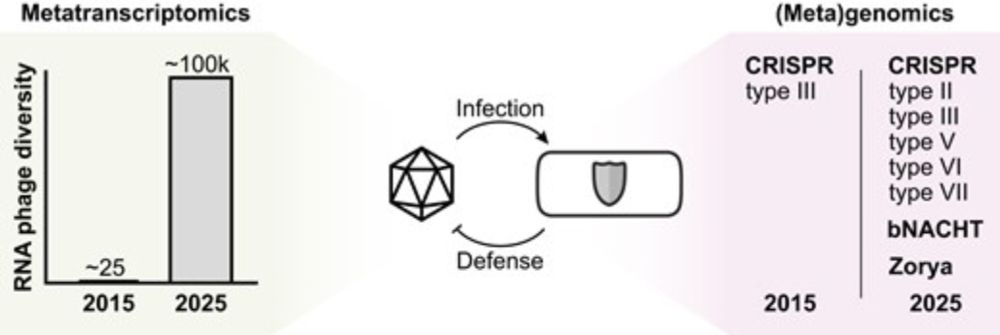
Advancing RNA phage biology through meta-omics
Abstract. Bacteriophages with RNA genomes are among the simplest biological entities on Earth. Since their discovery in the 1960s, they have been used as i
I'm happy to share the first publication from my lab @hoerlab.bsky.social, now out in @narjournal.bsky.social! I take a look at the biology of RNA phages, focusing on how meta-omics methods are discovering new RNA phage families and bacterial defense strategies.
#PhageSky
doi.org/10.1093/nar/...
23.04.2025 08:57 — 👍 57 🔁 26 💬 1 📌 0
We describe this beautiful mechanism in our preprint:
www.biorxiv.org/content/10.1...
Huge thanks to all co-authors — and especially to my advisor, Andrey Kulbachinskiy — for invaluable support and collaboration!!!
07.04.2025 13:11 — 👍 3 🔁 1 💬 0 📌 0
🚨👉 Please check our recent work on bacterial cell division. In situ Cryo-ET reveals the cellular function of the penicillin binding protein 1b supported by AFM, live-cell imaging, in silico AlphaFold proteome screen and TIRFM. Hope you enjoy the read! #teamtomo #cryo-ET ❄️🔬🐎 big thanks to the team!
03.04.2025 09:08 — 👍 56 🔁 23 💬 0 📌 4
Passionate for integrated structural biology, including NMR and many more. Particularly interested in protein dynamics, and therefore chaperones, enzymes and mitochondrial protein import.
Fortunate to lead a great research team at IST Austria.
Structural Bioinformatics👨💻🧬
PhD student at Atkinson Lab, Lund University
Branco Weiss and Moderna Global Fellow at DFCI/HMS. On the lookout for the strangest viruses out there.
https://brancoweissfellowship.org/fellow/fels/
Asst Prof at ISTAustria. Lover of tiny things including proteins, tardigrades, seashells & round furry animals.
Scientist, currently PhD student at ISTA with interest in bacterial defence systems, synthetic biology and biochemistry.
Postdoc in the Pauli Group @IMP in Vienna. Interested in gene expression regulation during early embryonic development in 🐟
Built to unlock the power of single-molecule fluorescence spectroscopy
Structural biologist - currently ubiquitin ligases, previously DNA replication and bacterial metabolism
Research Associate - Clausen Lab, IMP Vienna
Incoming group leader @FMI, Basel
Postdoc @MPI-MG, Berlin | PhD @IMBA, Vienna
Investigating cell fate and loss in tissue dynamics
https://www.fmi.ch/research-groups/groupleader.html?group=150
Director of research CNRS at MMSB (C. Lesterlin/tacc team) interested in cellular and molecular mechanism of horizontal gene transfer
https://mmsb.cnrs.fr/equipe/transfert-d-adn-entre-cellules-bacteriennes/
RNA biologist and virologist @Columbia. Studying how viruses use RNA structure to manipulate cellular processes. She/her
www.steckelberglab.org
study small RNAs/APA/splicing/m6A/Notch. neural development+behavior; genomic conflict+evolution.
http://www.mskcc.org/lai
also, indie rock and glassblowing.
Harvard Medical School, Dana Farber Cancer Institute
https://kranzuschlab.med.harvard.edu
Neuroscientist. PI at IST Austria. https://dmhlab.org. Hypothalamus and Homeostasis. 🇦🇺
PhD student in the Plasmid Biology and Evolution (PBE) and Evolution of Microbes and Mobile Genetic Elements labs.
Bioinformatics 💻 Evolutionary Biology 🦠 Antimicrobial resistance 💊
📍CNB - CSIC
grigoriefflab.umassmed.edu/













